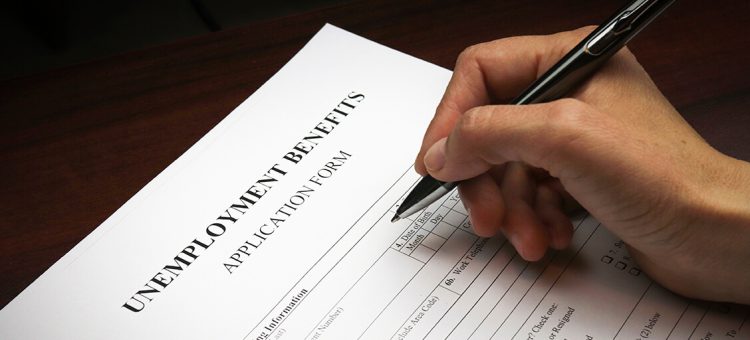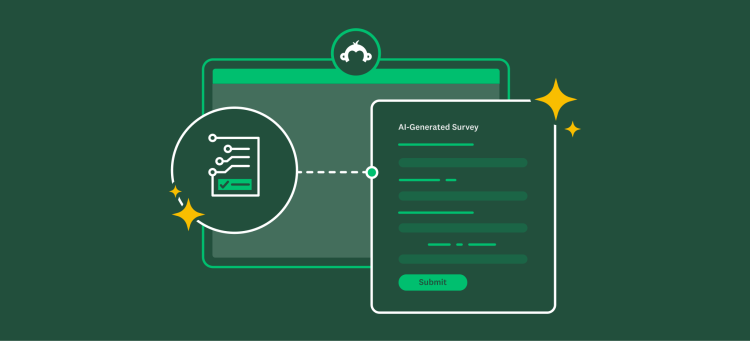How do customers experience your brand or business? Do you offer excellent customer service, but a website that’s hard to navigate? Or maybe the in-person experience doesn’t match up to your customers’ expectations? It’s important to understand where you excel and where you fall short.
A customer journey map can help you get to the bottom of this. We’re going to explain the process of mapping the customer journey and provide an example customer journey map, which you can use as a template. By the end, you’ll be all set to apply this to your own business, and work on your customers’ pain points to make every customer a happy customer.
What is a customer journey map?
The customer journey encompasses all the experiences that customers go through when interacting with your company and brand. Instead of looking at just one part of a transaction or experience, the customer journey considers the full experience of being a customer.
And the customer journey map is a way of documenting all these experiences. It’s often depicted in a timeline to visually show how customers go from first interacting with your brand to buying from you. It includes not just the steps of the journey, but also the customer’s motivations and potential obstacles at each stage. Normally, there are several different journeys, covering different scenarios or types of customer.Each step on this journey is referred to as a customer touchpoint—basically any time a customer comes in contact with your brand. (You can get as granular as you’d like. Learn more about touchpoints in our free eGuide).
Customer love=employee satisfaction
New research shows that companies with a customer-centric culture are significantly more likely to have happier, more loyal employees.
Customer journey map example
Sound too theoretical? We know, it can be hard to wrap your head around, so let’s look at a concrete example.
Let’s say you’re in charge of mapping the customer journey for Boots. One scenario might be an office worker based in Fleet Street who needs to pick up some hair products during their lunchbreak. We’ll call him Paul. We’ll ping you each time Paul comes across a touchpoint.
First, a little background. Paul is in is mid 20s and takes care of his appearance, especially his hair. He has a favourite brand of shampoo and mousse that make it sit just right.
Paul doesn’t have a long lunchbreak, so he needs somewhere near the office that’s going to have what he needs. He jumps on Google Maps and types in “pharmacy”. The closest result is a Boots branch (ping). Based on the accompanying pictures and Street View (ping), it looks like it will be large enough to stock his favourite products.
Come 12pm, off he pops. He checks his phone for the location as he’s walking down the street (ping) and before long, spots the iconic green cross and the Boots signage (ping). He goes inside the branch (ping). He can’t see “Haircare” written on any signage (ping), so wanders around a bit (ping), before asking a staff member for directions (ping). Once in the right spot, he browses the options (ping), finds what he needs (ping), and joins the queue (ping).
It’s a busy lunch hour, and he sees people with meal deals (ping) and supplies for the winter cold season (ping), meaning he has to queue for a long time. While he’s waiting, he sees that tissues are on offer (ping) and picks up a pack (ping). Once he reaches the till (ping), the staff member is friendly and efficient (ping) and lets him know he can redeem points on his loyalty card towards his purchase (ping). He leaves happy, though a little annoyed his lunchbreak is almost up. Once he’s back at his desk, his colleague Samiya sees his purchases (ping), and asks whether Boots was busy… and another potential customer journey begins.
That’s rather a lot of touchpoints! Remember, we can choose how granular we go, and we might decide not to go into this much detail. Once we’ve mapped each step out, we add in potential obstacles or pain points, along with ideas for solving them. For instance, we’d identify the long queue as a pain point. And a potential solution could be to open extra tills over the lunchtime rush.
How to map a customer journey, in 7 steps
1. Become your customer
Imagine a typical customer. Don’t try and cover all your different customer types at once, but instead focus on one at a time. Get specific. It can help to create a customer persona, where you give them a name and certain characteristics. Take a step back and try to put yourself in their shoes, so you can picture their journey.
2. Grab a pen and paper
During the initial mapping, or the ideas phase, you might find it helpful to use a pen and paper. This way you can easily cross things out, draw arrows, or even sketch your customer personas if you like. That said, if you prefer to use a tablet or laptop, then go right ahead.
3. List all the steps of your customer journey
Time to get stuck in. Now you’ve got your first typical customer, list all the different steps they go through, leading up to and beyond buying your product or service. Don’t forget, often the first touchpoint takes places a while before they talk to someone from your company or visit your shop. It might be an ad they see, a social media post mentioning your product or perhaps a review site.
4. Add actions, motivations, questions and obstacles
For each step in the customer journey, add in the following details. As things start getting more detailed, you might find it easier to create a table.
Actions: what is the customer doing at this stage?
Motivations: what will encourage (or discourage) your customer from moving to the next stage? What kinds of emotions do they feel in each one of the stages?
Questions: does your customer have questions? Are the answers easy to find?
Obstacles: what kinds of obstacles do your customers come up against in each stage? Is cost a factor? The returns policy? Think about anything that might cause the customer to give up and not buy from you.
5. Rinse and repeat
Now do it all over again! It’s important you map out journeys for different types of customers, as they’ll bring up other touchpoints, questions, and obstacles. Remember that some customers will skip certain touchpoints, too. Of course, you can’t map every possible customer journey. Instead, focus on mapping a journey for each of your target audiences.
6. Look at how you can remove obstacles and answer questions
Once you’ve laid out your map, it’s time to think about how you can improve the customer experience. Look at the questions your customers have, and the problems they encounter, known as their pain points. Are there ways you could remove or reduce these obstacles, or proactively answer their questions? Prioritise pain points that have the biggest impact and problems that you’re able to solve. Add a new section under the touchpoints and fill in the potential solutions for each. This way you’ll be able to see the pain points, alongside the opportunities for removing or improving on them.
7. Check with your customers
If you’re unsure you’ve got your customer journey right, then ask them. Create customer feedback surveys to better understand their experiences with your brand. You can also ask customers about the journey once you’ve mapped everything out. Find out if there’s a difference between what you see as most important, and what they do. This is helpful for avoiding any blind spots or biases.
If you use these seven steps as a template for a customer journey map, you’ll be in a good position to understand, evaluate, and improve your customers’ experience.
Take customer experience to the next level
Customer journey mapping helps you consider the customer experience as a whole, rather than focusing on just one aspect. It allows you to identify potential pain points, come up with ideas of how you can improve customer experience, as well as showing you where you’re doing well.
But when it comes to scaling, a software-based customer experience management system can help you take things to the next level. SurveyMonkey CX is a turn-key NPS solution with powerful features designed to collect, understand, and act on your customer feedback.




